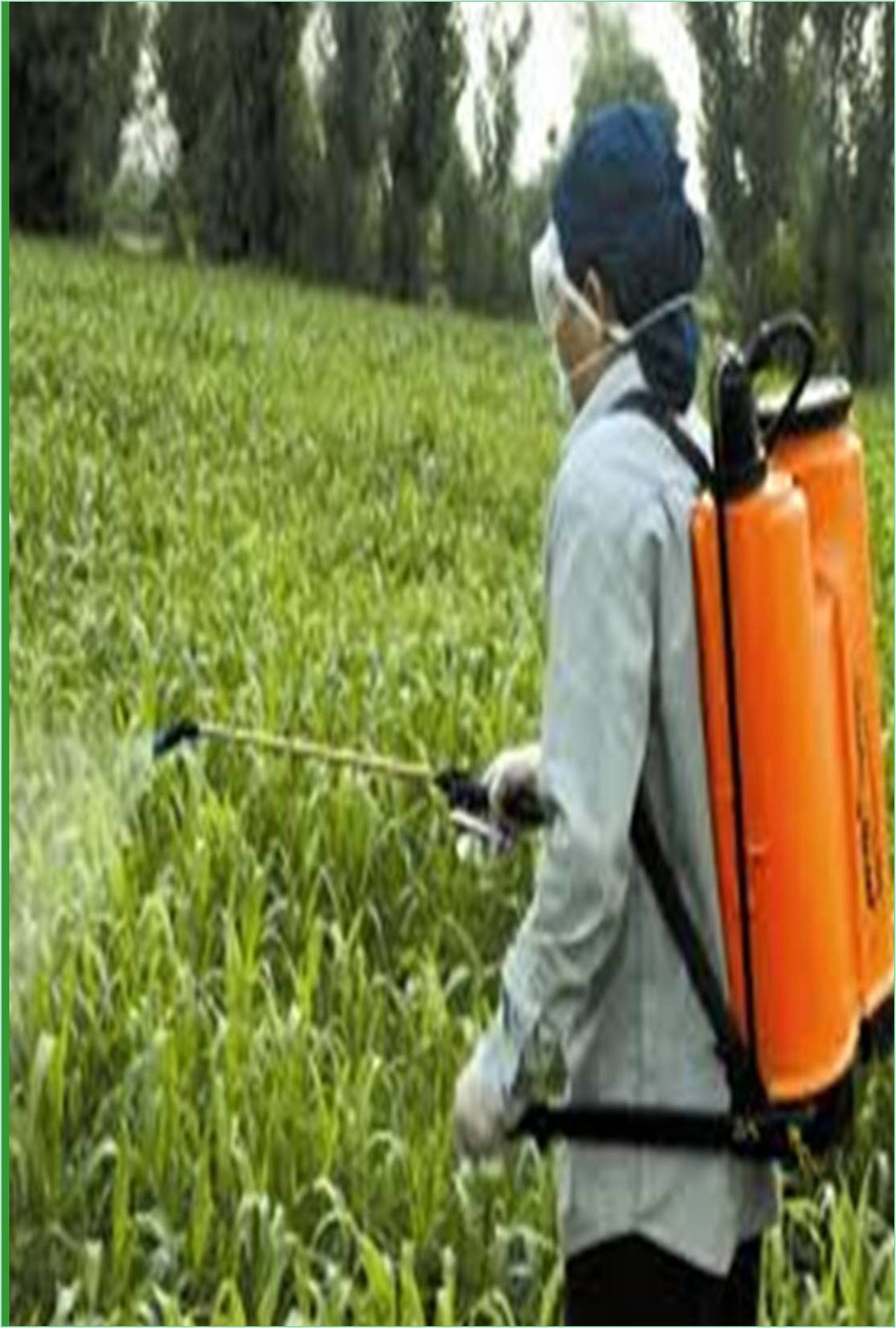



Received: 15-Nov-2022, Manuscript No. GJPDCP-22-85392; Editor assigned: 18-Nov-2022, Pre QC No. GJPDCP-22-85392 (PQ); Reviewed: 02-Dec-2022, QC No. GJPDCP-22-85392; Revised: 09-Dec-2022, Manuscript No. GJPDCP-22-85392 (R); Published: 16-Dec-2022, DOI: 10.15651/GJPDCP.22.7.052
Fire blight is a serious bacterial disease of fruit trees, caused by the bacterium Erwinia amylovora. It causes damage and economic loss to related crops such as apples, pears, crab apples, hawthorns, and rowan. Raspberry and blackberry plants can also be infected with this bacterium, but strains that infect raspberry and blackberry plants will not infect apples. In the spring, when the tree is actively growing, symptoms of ulceration of the branches and stems may appear. The first sign is watery, light brown bacterial mucus oozing from branches, twigs, or trunk ulcers (small to large patches of dead bark that the pathogen has killed the previous season). Mud turns black when exposed to air and leaves streaks on branches and trunks. However, most crabs are small and inconspicuous. Therefore, the infection may not be noticed until late spring, when the flowers, shoots, and/or young fruits wilt and turn black. The fruit loss depends on the extent and severity of the disease. When a disease invades the main stem, it cannot be removed but the entire plant is removed. It does not survive in the soil, so it is safe to replant the same plant.
The flowers, leaves, and twigs of plants affected by fire blight may turn from dark brown to black, giving the appearance of having been burned in a fire. Highly susceptible plants may look burnt and die. Affected flowers and leaves remain on the tree without falling off. Current year’s twigs and the branches often die and bend about 180°, forming a "shepherd's bend". Crayfish grow on branches and stems and release a sticky sludge of bacteria. The sapwood around the crab may turn reddish brown. Burns cannot be cured, but their spread can be controlled. Prune diseased branches, preferably during dormancy when the branches are dry. When removing diseased branches prune up to 6 to 8 inches below the tissue with a visible symptoms. If pruning is required during the growing season, prune at least 12 inches below the affected area. Always disinfect cutting tools by soaking them in 10% bleach or alcohol for at least 30 seconds after cutting (use an aerosol disinfectant containing at least 70% alcohol). Bacteria within the silt act as an inoculum that spreads to other tissues and trees by visiting insects and rain during the rainy season are contagious. When bacteria infect flowers and shoots, they can migrate to the branches through the tree's vascular system. In this way, new branch carcinomas are formed by the bacteria migrating to the branch. There are no known trees or shrubs in the Rosaceae that are completely resistant to fire blight. Some strains can fight back by limiting or slowing the spread of the disease. This gives gardeners time to prune infected branches before the infection reaches the tree trunk.
Avoid heavy nitrogen fertilization, especially in the summer when succulents are most susceptible to fire blight infection. Avoid splashing in a warm, humid environment as fire blight grows rapidly, and small droplets of milky, sticky bacterial mucus appear on the surface of affected buds. Chemical control is not always effective and should be used prophylactically. Therefore, in years when warm, wet, and humid weather coincides with flowering and leaf bud break, plants are sprayed with basic copper sulfate (Kocide) or fungicides containing antibiotics (Agrimycin) to reduce infection. Application of adriamycin should begin at the beginning of flowering and continue every 3-4 days during the flowering period. Kocide spraying should begin with flowering, and during flowering, it should be continued every 7 days. Reapplication may be required after rain.
Young leaves and shoots damaged by wind, hail, or insect bites are easily attacked by fire-blight fungi. Such infections lead to the rotting of sprouts. The ideal conditions for infection, disease development, and pathogen spread are wet or damp weather with daytime temperatures between 25°C and 30°C and especially nighttime temperatures above 15°C. Plant varieties those are as resistant to fire blight as possible.
Since most infections originate in flowers, trees that flower late or bloom throughout the season (i.e., rat tail flowering) are often severely affected by fire blight.
Copper products are the only material available to homeowners to combat fire blight and often do not offer adequate control even with multiple uses. Very weak (approximately 0.5%) Bordeaux Applying the mixture or other copper products several times while the buds are open can reduce new infections, but will not eliminate all new or existing infections in the wood. Burn blightaffected branches and twigs should be pruned by cutting into wood that is at least 2 years old, about 30 cm or more away from visible symptoms. Proper cutting across infected tissue does not require disinfection of cutting tools between cuts. However, if pruning is to be done by inexperienced personnel, use sanitized pruning tools.